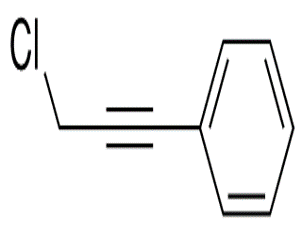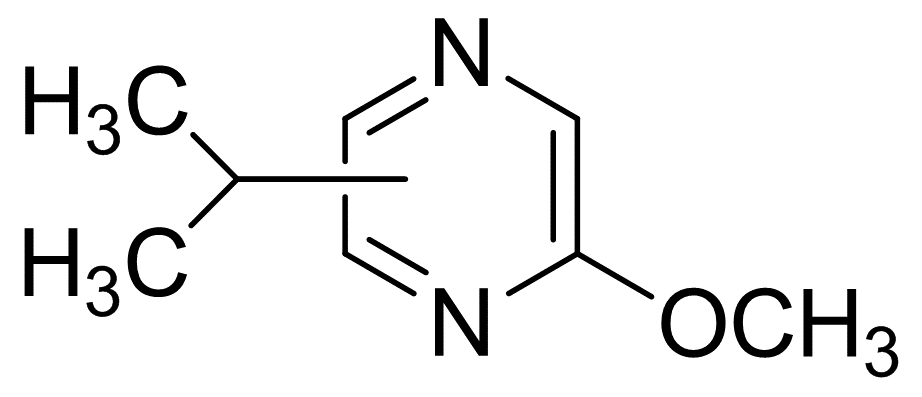1 8-Diazabicyclo[5.4.0]undec-7-ene(CAS# 6674-22-2)
| Hazard Symbols | C – Corrosive |
| Risk Codes | R22 – Harmful if swallowed R35 – Causes severe burns R52/53 – Harmful to aquatic organisms, may cause long-term adverse effects in the aquatic environment. |
| Safety Description | S26 – In case of contact with eyes, rinse immediately with plenty of water and seek medical advice. S36/37/39 – Wear suitable protective clothing, gloves and eye/face protection. S45 – In case of accident or if you feel unwell, seek medical advice immediately (show the label whenever possible.) S61 – Avoid release to the environment. Refer to special instructions / safety data sheets. |
| UN IDs | UN 3267 |
Introduction
1,8-Diazabicyclo [5.4.0] undec-7-ene, commonly known as DBU, is an important organic compound.
Nature:
1. Appearance and Appearance: It is a colorless and transparent liquid. It has a strong ammonia odor and strong moisture absorption.
2. Solubility: Soluble in many common organic solvents, such as ethanol, ether, chloroform, and dimethylformamide.
3. Stability: It is stable and can be stored for a long time at room temperature.
4. Flammability: It is flammable and should be avoided from coming into contact with fire sources.
Usage:
1. Catalyst: It is a strong base commonly used as an alkaline catalyst in organic synthesis, especially in condensation reactions, substitution reactions, and cyclization reactions.
2. Ion exchange agent: can form salts with organic acids and serve as an anion exchange agent, commonly used in organic synthesis and analytical chemistry.
3. Chemical reagents: commonly used in hydrogenation reactions, deprotection reactions, and amine substitution reactions catalyzed by strong bases in organic synthesis.
Method:
It can be obtained by reacting 2-Dehydropiperidine with ammonia. The specific synthesis method is relatively cumbersome and usually requires an organic synthesis laboratory to carry out.
Security information:
1. Has strong corrosiveness and may cause irritation to the skin and eyes. When using, protective gloves and goggles should be worn to avoid direct contact.
2. When storing and using DBUs, a well ventilated environment should be maintained to reduce the concentration of odors and vapors.
3. Avoid reacting with oxidants, acids, and organic compounds, and avoid operating near fire sources.
4. When handling waste, please comply with local regulations and safety operating procedures.


![1 8-Diazabicyclo[5.4.0]undec-7-ene(CAS# 6674-22-2) Featured Image](https://www.xinchem.com/uploads/18Diazabicyclo540undec7ene.png)





